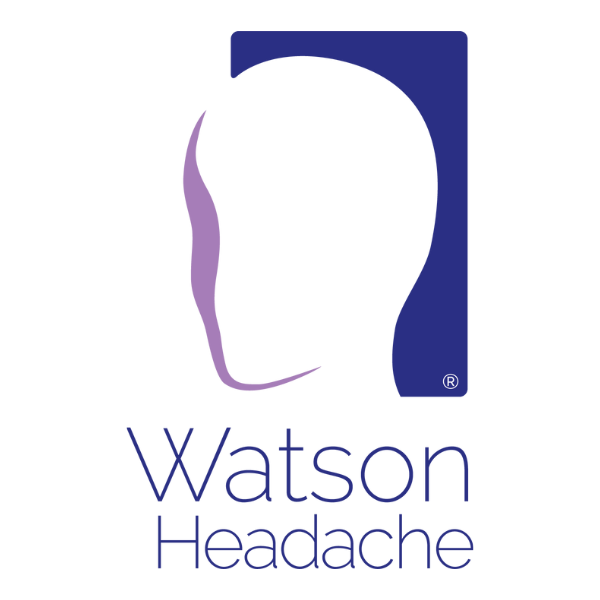Watson’s colleague is keen to continue discussing the diagnostic criteria for cervicogenic headache (CGH), especially given Watson’s intense reply to his earlier query… “I understand you are generally ambivalent about the International Classification of Headache Disorders-3 (ICHD-3) diagnostic criteria for cervicogenic headache?”.
The Irony of the CGH Diagnosis
“Yes, but it is not only the ICHD-3, but also the Cervicogenic Headache International Study Group and the International Association for the Study of Pain classifications. I have always been perplexed by the fact that diagnostic criteria for CGH, by definition, a musculoskeletal condition, have been established by, respectfully, those not skilled in manual or musculoskeletal medicine,” replies Watson.
Watson continues, “Only recently, mechanical precipitation of head pain from a cervical intervention, strictly unilateral pain without side-shift, diffuse unilateral shoulder and arm pain, and head pain commencing posteriorly, and radiating anteriorly, have been reported as being integral to CGH.”
“I know you have addressed the reproduction of typical head pain, but what about the others,” asks Watson’s colleague.
Anaesthetic Blocks – the ‘Gold Standard’?
“Well, before I comment on these criteria, I would like to discuss the role of anaesthetic blocks in CGH diagnosis. Generally, an appropriate response to an anaesthetic block is considered the ‘gold standard’ when confirming a diagnosis of CGH. While I think this is a powerful ally, it’s not foolproof.”
“So, what is the appropriate response?” enquires Watson’s colleague.
“My understanding is that an appropriate response is a 90% reduction in head pain is required. (1) ‘Best practice’ targets C2-3 initially (responsible for referral in over 60% of cases). Then, if there is only a 50% reduction, for example, anaesthetising the segments above and below is recommended, i.e. C3-4 and C1-2 (responsible for referral 6% and 7% respectively) (2), are addressed. (1) The figures I am quoting here are congruent with my clinical experience, i.e. C1-2 referral is uncommon, which contradicts other perspectives in manual therapy circles, which is that C1-2 referral is common.”
Anaesthetic Blocks – the ‘Silver Standard’?
After a moment’s reflection, Watson recounts his first study, (3) in which referral occurred in 100% of those with an ICHD-2 diagnosis of tension headache and 95% of migraine subjects. “Notwithstanding the limitations of reproduction only, in 100% of those subjects in whom head pain was reproduced, it was reproduced from C0-C1 and C2-3. This reflects my clinical experience; multi-segmental involvement is widespread, and C0-C1 with C2-3 is common. This suggests that the other segment (after C2-3 that needs to be targeted is C0-C1, but I understand this is rarely addressed. This, coupled with the inability to block information from the C2-3 disc (a recognised source of head pain), explains the unrealistic reported prevalence of CGH.”
Watson then recounts the study by Govind and Bogduk (2). “In this study of 166 patients with a probable diagnosis of CGH, only 75% responded, probably because C0-C1 was not anaesthetised nor information from the C2-3 disc.”
“Furthermore, another condition that needs to be met is that the headache must resolve within 3/12 of the anaesthetisation. (1)”
“But if the underlying musculoskeletal disorder is not addressed, the headache will surely return once the effect of the block has diminished.” Watson’s colleague retorts.
The Rarity of CGH
“Precisely,” Watson replies vigorously. “One can see why CGH is rarely diagnosed or, even worse, accepted as an entity! I am not suggesting that blocks are not useful; they are in many situations, but I wonder about their invasive nature and that a more informed perspective is needed. Based on a negative response to an anaesthetic block, one cannot conclude that headache is not CGH. Let’s not forget that a skilled palpation examination is equally adept at identifying symptomatic segments. (4)”
Watson’s colleague, curious about a previous statement Watson had made, asks, “You said that there are some characteristics from the subjective examination that indicate CGH.”
“Ah, this is where it gets interesting and demonstrates the importance of consulting with those experienced in musculoskeletal medicine when establishing criteria for a musculoskeletal condition – CGH.”
References:
- Bogduk N, Govind J. Cervicogenic headache: an assessment of the evidence on clinical diagnosis, invasive tests, and treatment. Lancet Neurol. 2009;8(10):959-68.
- Govind J, Bogduk N. Sources of Cervicogenic Headache Among the Upper Cervical Synovial Joints. Pain Med. 2021.
- Watson DH, Drummond PD. Head pain referral during examination of the neck in migraine and tension-type headache. Headache. 2012;52(8):1226-35.
- Jull G, Bogduk N, Marsland A. The accuracy of manual diagnosis for cervical zygapophysial joint pain syndromes. Med J Aust. 1988;148(5):233-6.

